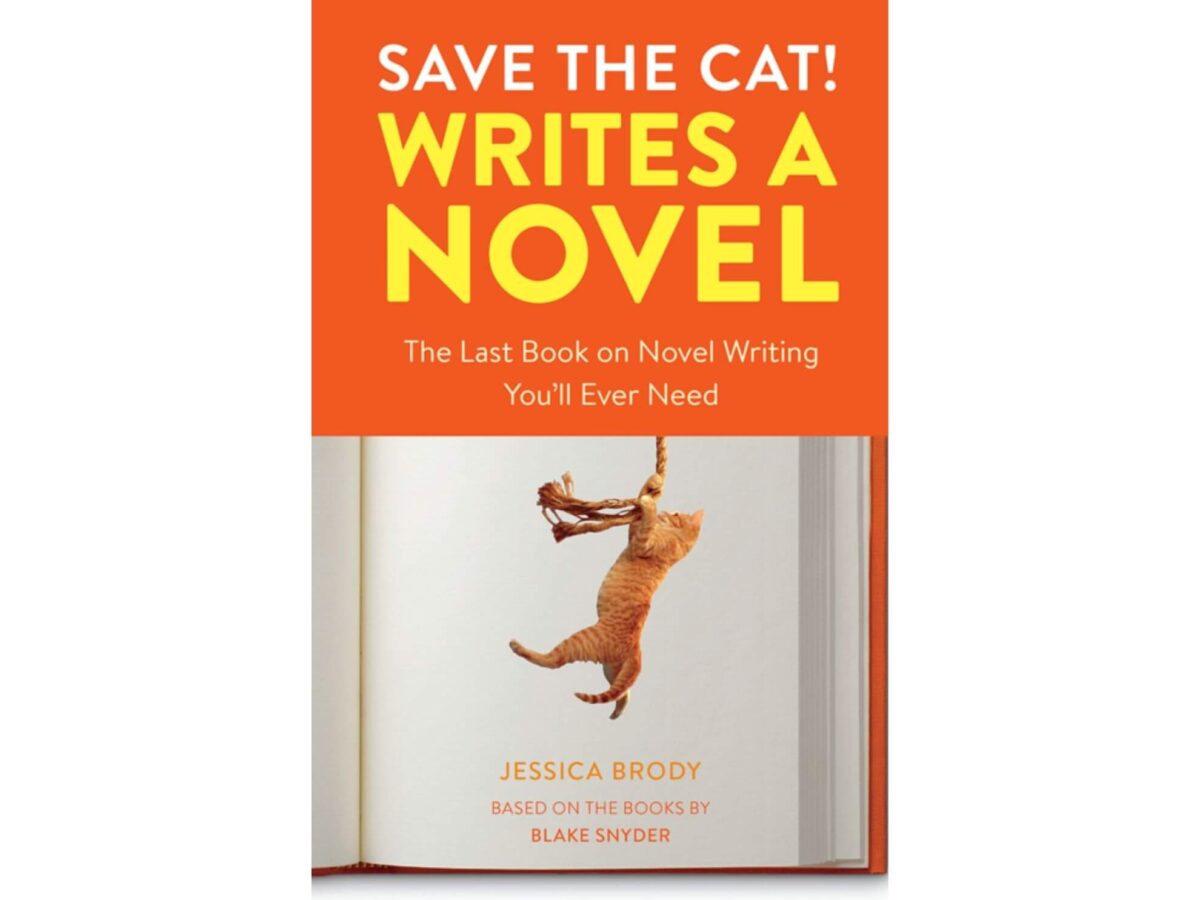


For each type of story, she gives numerous examples, explaining where the story beats fall for each one.

A love story needs an incomplete heroine, her counterpart, and a complication.īut Brody doesn’t just give abstract theory. For example, a whodunnit needs a detective, a secret, and a dark turn. Brody breaks down the ten types of story, explains what makes each one unique, and gives the three essential elements each genre needs. She explains each element that a solid story needs, and where those elements go in the story.īut not all stories are the same, and the blueprint varies according to genre. Once the protagonist is on board, and the stakes are set, Brody explains the beat sheet, which is a kind of blueprint of a novel. In SAVE THE CAT WRITES A NOVEL, Brody has kept everything we love about the original SAVE THE CAT, while expanding and refining Blake Snyder’s concepts to fit novels.īrody starts with the hero/ine, and forces writers to answer that all-important question: why should readers care? It’s the perfect starting point because an unworthy hero/ine with nothing at stake will doom a novel right from the outset. However, novels and screenplays are different. Even though it’s a screenwriting book, it’s been a favorite of novelists for years, and working novelists often quote Snyder’s wisdom to each other. The original SAVE THE CAT by Blake Snyder was the first book I reviewed on the Writing Slices blog.


 0 kommentar(er)
0 kommentar(er)
